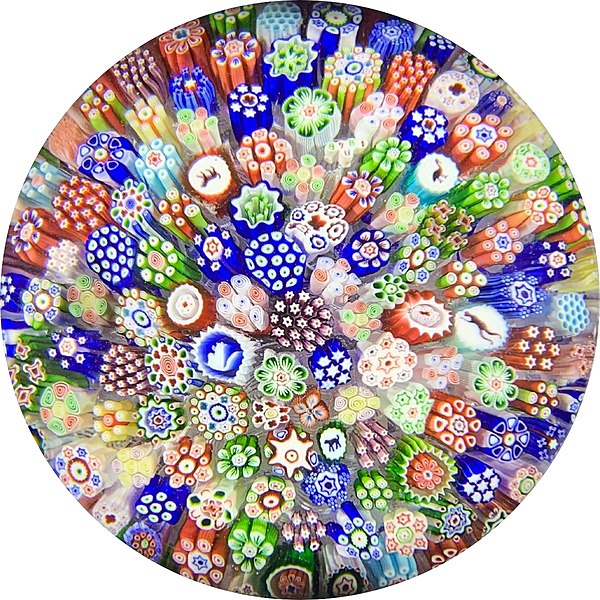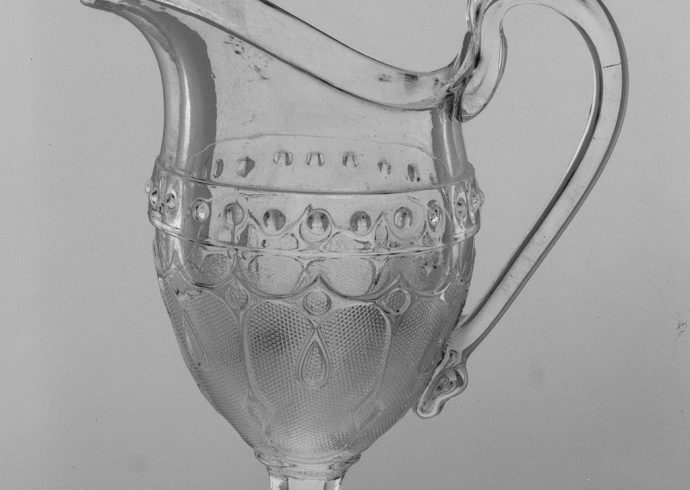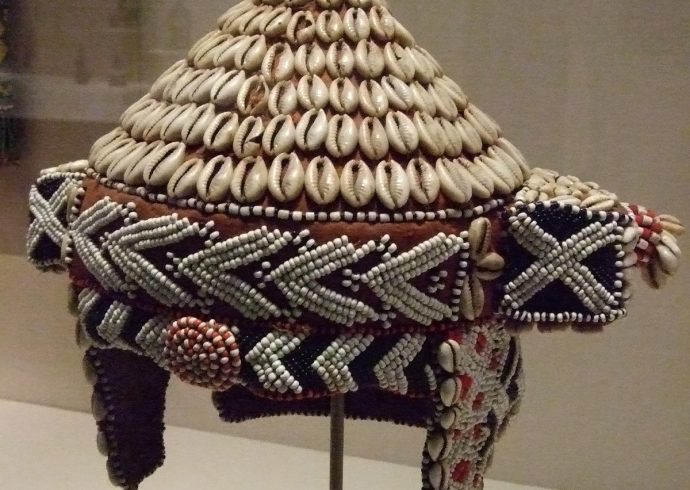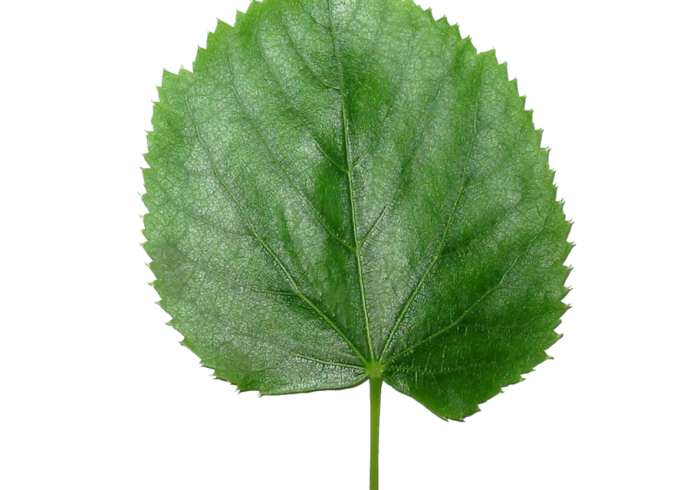
Collecting Millefiori Paperweights
Millefiori, or millifiori, as it is sometimes spelled, is Italian for “thousand flowers”, a reference to the common floral or star pattern usually seen in each glass rod created for jewelry, beads, and paperweights. These glass rods containing a floral pattern inside. These rods are then cut, arranged in an attractive design and fused inside a clear glass paperweight which can range from a globe shape to egg shape. The millefiori tradition has its roots in ancient Rome where glass rods, or canes, were blown and cut and used in decorative glassware, particularly mosaics. Today the millefiori design can be seen in pottery, glass, even decorative candles.
There are many different makes and styles of millefiori paperweights, which range from antique to modern, affordable to the more expensive. Of course a collector of such paperweights may favor one type over another. My own collection leans toward the Murano millefiori paperweights, although I have one Chinese paperweight I keep displayed on my living room coffee table. Concentric style millefiori paperweights are common but other styles include latticino, which is a spiral collection of glass ribbons with a grouping of millefiori canes inside the paperweight, as well as “floating” millefiori paperweights, where the canes are suspended throughout the interior of the glass paperweight. The concentric ones have circles of canes at the base of the paperweight. These can range from alternating colors to one paperweight consisting entirely of the same color. Most millefiori paperweights you see usually have tiny air bubbles in them. This is quite normal, since these paperweights are made from hand blown glass.
Common makes of millefiori paperweights are: Baccarat, Clichy, Perthshire, and Caithness, the former two being French and the latter two, English. Baccarat is noted for alternating white canes among various colored canes. Perthshire paperweights also come in a fluted shape, with the sides extending past the top of the paperweight, creating a lovely border for the paperweight. Chinese concentric millefiori paperweights are collectible antique ones, frequently using color combinations such as red, yellow, blue and white. John Deacons is a Scottish company and makes both latticino and concentric millefiori paperweights, have a wide range of color combinations and are signed. Peter Raos, a New Zealand glass and paperweight designer, takes the millefiori concept and scatters tiny flowers throughout the glass globe, establishing his own unique millefiori design.
If you decide to start collecting millefiori paperweights, make sure there are no nicks, dents, or scratches in the surface of the glass. Two good books containing further detailed information plus photos of different millefiori paperweights are: Identifying Antique Paperweights, by George N. Kulles, and World Paperweights: Millefiori and Lampwork, by Robert G. Hall. Happy collecting!
Image Credit: Lesbeatiques, CC BY-SA 4.0, via Wikimedia Commons.


